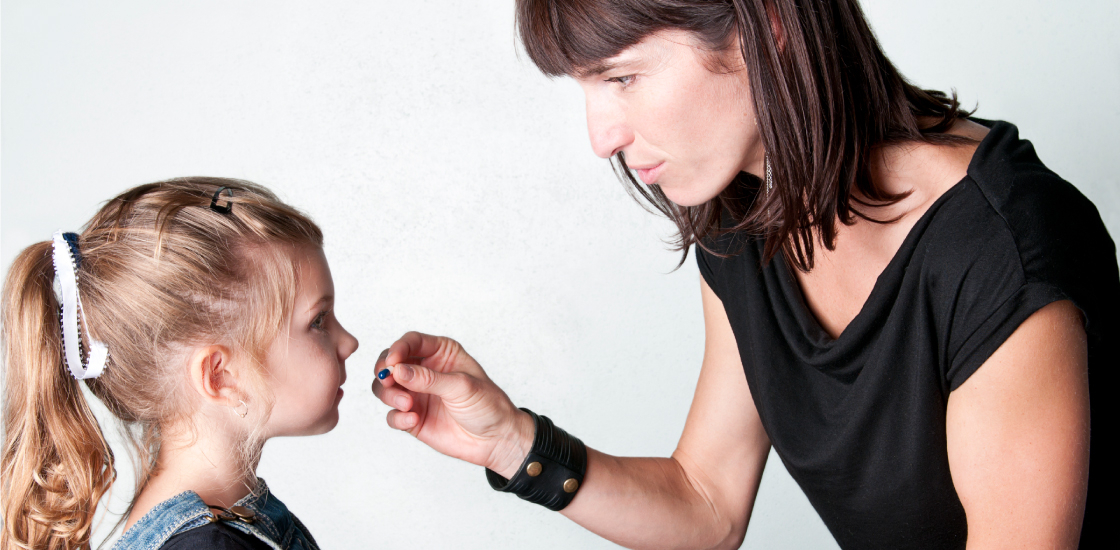THIS ARTICLE IS MORE THAN FIVE YEARS OLD
This article is more than five years old. Autism research — and science in general — is constantly evolving, so older articles may contain information or theories that have been reevaluated since their original publication date.
Editor’s Note
This article was originally published 2 October 2015. We have updated it following publication of a second study in the October issue of the Journal of the American Academy of Child & Adolescent Psychiatry4. Updates appear below in brackets.
A drug called atomoxetine eases hyperactivity in children who have both autism and attention deficit hyperactivity disorder (ADHD)1. A parent-led therapy also improves symptoms, although to a lesser extent than either the drug alone or a combination of the two.
The standard treatment for children who have both disorders is the use of stimulants, which often either do not work or cause intolerable side effects. The new approaches point to more palatable alternatives, says lead investigator Benjamin Handen, professor of psychiatry, pediatrics and psychology at the University of Pittsburgh. (Handen and his collaborators receive funding from Eli Lilly and Co., which markets atomoxetine with the brand name Strattera.)
About one-third of children with autism also have ADHD. Stimulants such as methylphenidate (commonly marketed as Ritalin) work well in children who have ADHD alone, but tend to be less effective in children who have both disorders. They are also more likely to cause insomnia and a loss of appetite in those with autism than in those with ADHD alone.
Stimulants boost the activity of the neurotransmitter dopamine, a signaling molecule involved in body movements and reward. Atomoxetine represents a different type of approved medication for ADHD: It keeps brain cells bathed in the neurotransmitter norepinephrine, which regulates alertness, appetite and mood.
The effects of atomoxetine in children with autism have not been well documented, however. One 2006 study of 16 children with both disorders found that atomoxetine improved ADHD symptoms in more than half of children taking it, but another from 2012 with 97 participants reported that only about 20 percent of children benefited2,3.
Parent coach:
The new study, published 2 September in the Journal of the American Academy of Child & Adolescent Psychiatry, is the third and largest clinical trial of the drug in this population, and the first to test the drug alongside parent coaching.
“Given how common ADHD is in autism, it’s really exciting to see studies like this coming forward,” says Bryan King, vice chair of psychiatry and behavioral sciences at the University of Washington in Seattle, who was not involved in the study.
Handen and his colleagues tested the combination of atomoxetine and parent-led therapy in 128 children aged 5 to 14 years who have both autism and ADHD. Half of the children took atomoxetine and the other half got placebo pills.
Parents of half the children in each treatment group participated in weekly hour-long therapy sessions in which they learned strategies to prevent and manage disruptive behaviors in their children. They learned to reward their child for appropriate behaviors, and to sandwich challenging activities between more enjoyable ones.
After 10 weeks, a therapist rated each child’s improvement in ADHD symptoms using a qualitative assessment called the Clinical Global Impressions Scale, without knowing which treatment the child had received. Parents also rated the severity of their children’s ADHD symptoms before and after treatment.
All of the children who received either atomoxetine, behavioral therapy from a parent or a combination of the two showed significant improvements as rated by both the therapist and parents. The combination of both treatments was nearly as effective as the drug alone, with 45 percent of the children showing gains versus 47 percent. The behavioral therapy alone improved symptoms in 29 percent of participants. By contrast, only 19 percent of children who took a placebo pill alone improved.
[The parent training did not enhance atomoxetine’s efficacy in this study. But it did in a subsequent study, in which the researchers reassessed 117 of the children after an additional 24 weeks of treatment4.
The researchers gave atomoxetine to 41 children who had originally received a placebo pill and showed no improvements after 10 weeks. Of these children, 19 received behavioral therapy from a parent. This time, 53 percent of the children who received both atomoxetine and behavioral therapy showed improvements, compared with just 23 percent of children who received the drug alone. The findings, published in the October issue of the Journal of the American Academy of Child & Adolescent Psychiatry, suggest that behavioral therapy enhances the effects of the medication in some children.]

By joining the discussion, you agree to our privacy policy.